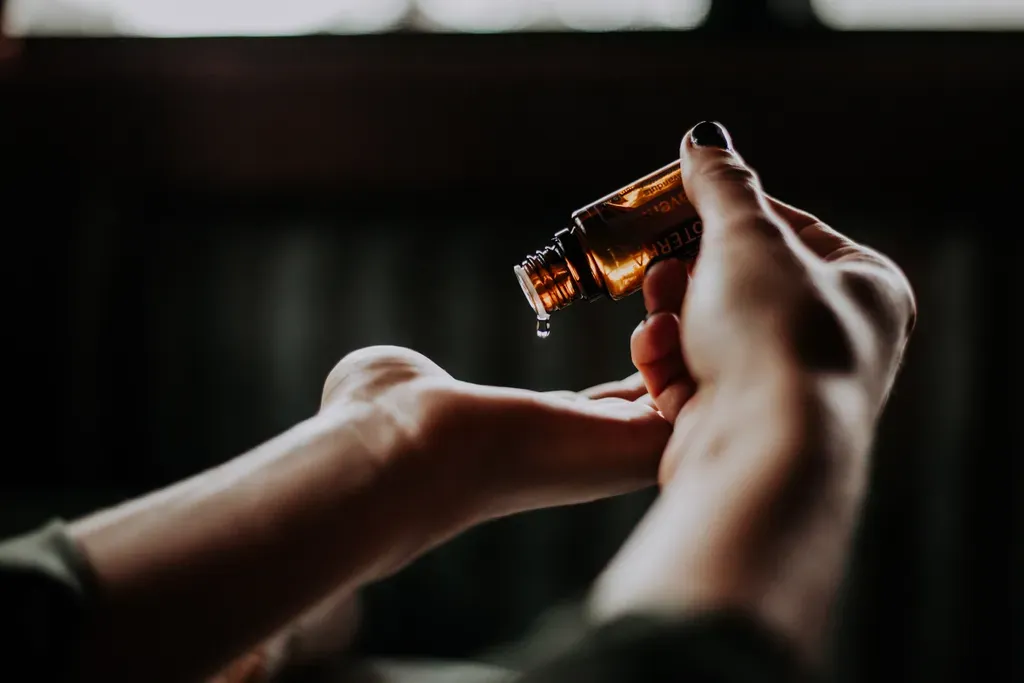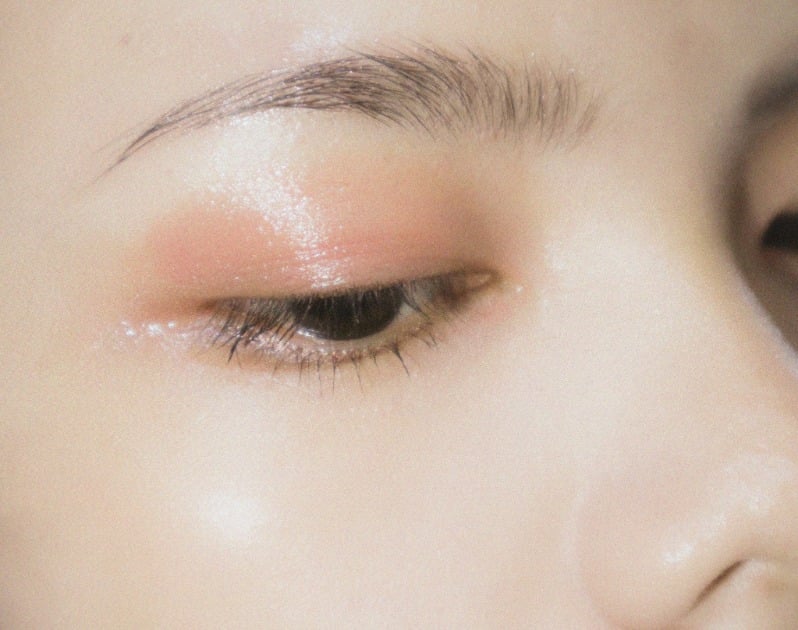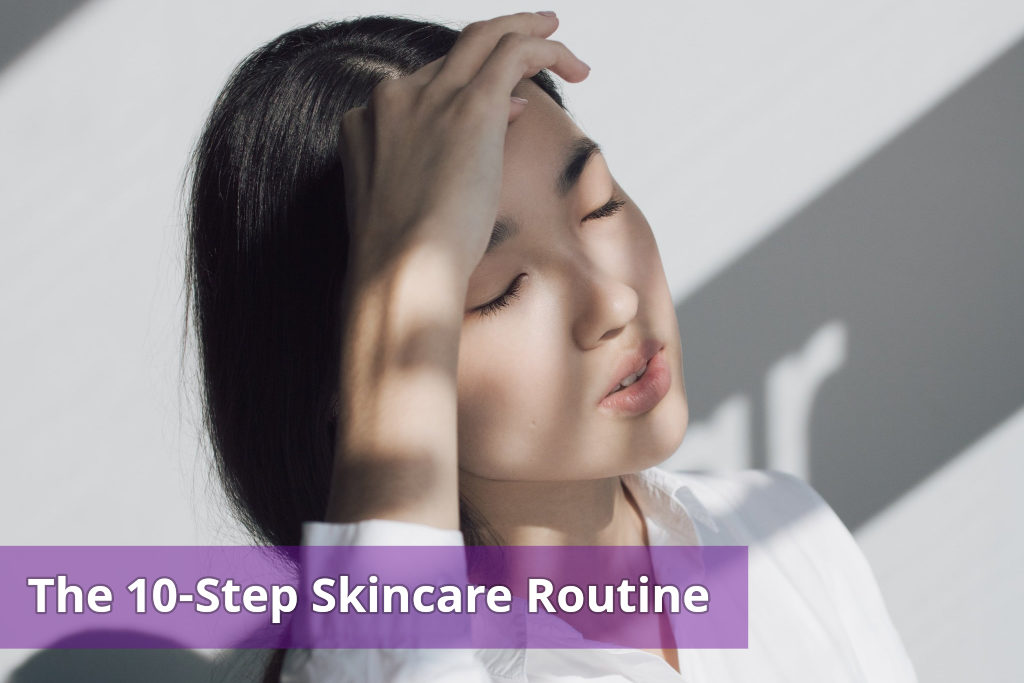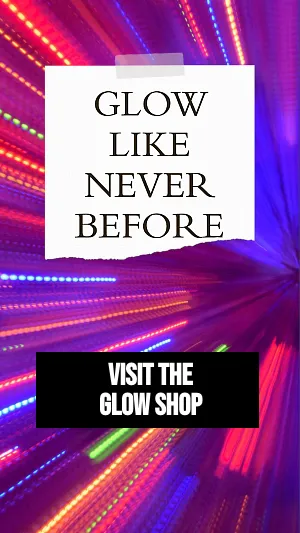Why You Might Need A Toner
If there’s a skincare product that’s been misunderstood, it’s definitely been toner. I grew up watching my mom’s carefully honed skincare ritual. After massaging and washing off her cold cream, she would carefully apply toner to her skin with a saturated cotton ball. I never knew why this was such an essential step for her, but I ended up adopting the use of toner in my own skincare routine. In the beginning, I couldn’t really identify why I was using it, other than the fact that I watched my mother use it and it felt nice to put a liquidy humectant on my face.
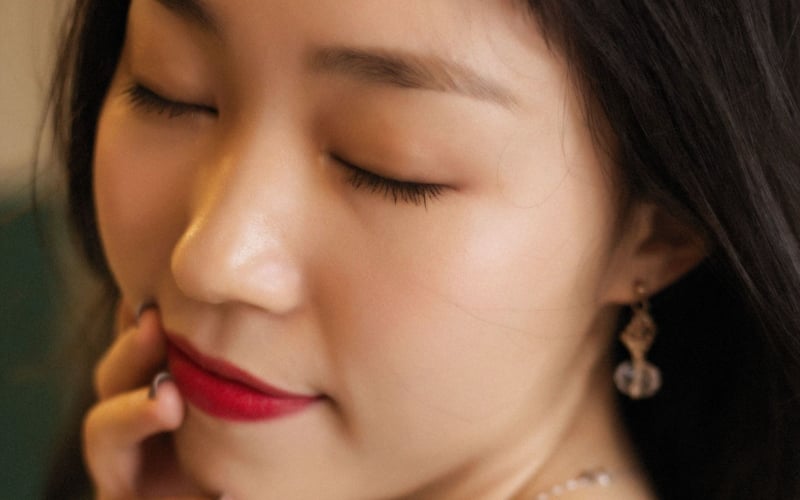
Once I reached my mid-20s, I was hit with a whole slew of skin issues like acne, discoloration, and rosacea. I visited countless aestheticians and dermatologists to fix my problems, and it was interesting to see how divided they were on toners. Some of them were pro-toner and encouraged the use of it. Others were dismissive and argued that they didn’t add any value to a skincare regimen.
So, over the years, I went back-and-forth between excluding toner from my skincare and incorporating it back in. Now that I’m older, and hopefully wiser, I can say without a doubt that toner holds a really important place in my skincare routine. And here’s why:
It Restores Balance
I don’t know all the science about the pH level of skin, but I do know when my skin is irritated. Even when using a gentle cleanser, the act of cleansing with water can be really assaulting on the skin. And even more so if you live in an area with hard tap water. I wrote all about this in a previous article. Water itself can alter the balance of your skin, and if you live in an area with hard water, washing your face can leave behind minerals that can dry out your skin. Over time, a build-up of these minerals can lead to eczema, acne, and rosacea. Using a toner ensures that you are wiping away most of the water after cleansing, and depending on the formulation, it can leave behind a hint of hydration. Minerals from hard water can even be irritating for those with oily skin, leading to increased inflammation and breakouts. By using a toner, you can get a better handle on curbing excess oil production.
It Preps Your Skin
Granted, toner is not the most dramatic skincare product, and it’s not meant to be. It’s not a treatment product like a serum, and it won’t provide huge amounts of hydration like a moisturizer, but it plays an important supporting role for all of these products. I find that when I use toner right after cleansing, the rest of my skincare applies and absorbs better into my skin. I’ve tried using a moisturizer after cleansing, and I find that it often doesn’t spread as evenly across my face. My skin still ends up feeling dry, and I would have to pack on even more moisturizer to compensate. By using a toner, I can then layer my skincare starting with thinner-textured products in the beginning and then ending with a medium-weight moisturizer. This allows me to more thoroughly hydrate my skin and get an amazing glow minus the greasy shine that comes from using a heavy moisturizer alone.
Cuts Down Oiliness
I have combination skin with an oily skin on my t-zone and dryness on my cheeks and forehead. And while I know that I cannot make my pores smaller, using a toner does ensure that I’m wiping away pore-clogging minerals left behind by my tap water. If you’re on the drier side, using a well-formulated toner can boost the performance of your products by hydrating and calming your skin. This is really important for dry skin, because when it is dehydrated, the skin can go into overdrive by producing more oil, which could potentially lead to breakouts.
Makeup Looks Better
There’ve been so many times when I would put makeup on in the morning only to end up with patchy-looking foundation by early afternoon. A good toner can act wonders in acting as a primer for your makeup. It sinks fast into the skin and allows your moisturizer and foundation to work its magic. If my skin is feeling particularly parched, then I’ll usually reach for a denser toner and allow it to fully absorb into my skin before moving onto a serum or moisturizer. It both replenishes and brightens up my skin, which is badly needed if I didn’t get a good sleep the night before.
Tips for Finding the Right Toner
Growing up, we had limited options for finding a good toner. In drugstores, the only toner I could find was Sea Breeze, a super astringent toner with alcohol which was meant to clear zits. That product is the reason why toners have gotten a bad rap. The astringent contains alcohol and eucalyptus oil–ingredients that help give a refreshing feeling to the skin, but end up irritating and drying out the skin barrier.
Thankfully, with the rise of Japanese and Korean skincare, the American market has been flooded with a wide array of different toners. In Asia, toners serve a very different purpose. If you’re familiar with the 7-step skincare, as popularized by Korean skincare followers, then you would know that toners serve an important bridge between a facial cleanser and serum or moisturizer. Many toners in the Asian market also have a more serum-like texture, which allows for the product to be patted into the skin with the palms of your hands.
So with a flood of new options, how do you know which toner to buy? Here are some tips to keep in mind:
Review Ingredients
As with any skincare product, it’s important to review the ingredient list. Personally, I’m not into toners that promise the world. I prefer a toner with a short ingredient list to avoid potential irritation. As a rule, I look for toners that are alcohol-free and don’t have too many essential oils. If I’m experiencing an episode of really oily skin, then I’ll reach for a toner with a bit of witch hazel for my t-zone area. My skin is also prone to redness, so I look for ingredients that are known for soothing ingredients to calm down my sensitive skin, They include allantoin, mugwort extract, licorice extract, and panthenol. While I do have toners with AHAs (alpha hydroxy acids) and BHAs (beta hydroxy acids), I don’t consider them my everyday toners. Since I use a retinoid on a regular basis, I limit my use of chemical exfoliants to just a few times a week.
When searching for a new toner, you will need to consider your skin type and the products that are already part of your regimen. For example, if you use an exfoliating cleanser with either beads or a chemical exfoliant, then you might want to think twice about using a toner with AHAs or BHAs. Using multiple products with chemical exfoliants can heighten skin sensitivity. However, if there is an open space in your regimen for a product with AHA or BHA, then a toner is a good place to start. For those with oily and resilient skin, there’s Paula’s Choice Skin Perfecting 2% BHA Liquid Exfoliant which contains salicylic acid and green tea extract to both clear pores and calm irritation. On the pricier side, there’s Biologique Recherché’s iconic P50 Lotion. While there are different versions of this product, at its core, there is a powerful blend of alpha and beta hydroxy acids including lactic acid, malic acid and salicylic acid. These products are potent, so start off slow and gauge how often you can incorporate them into your skincare. Using active ingredients in your toner can be a powerful way to improve the appearance of pores by keeping them clear and the oil production under control.
For more gentle exfoliation, I turn to K-beauty products. I like using Benton’s Aloe BHA Skin Toner and Cosrx’s One Step Moisture Up Pad. Both products contain super low levels of salicylic acid or its derivative, betaine salicylate. The BHA is bolstered by hydrating ingredients such as aloe vera, snail mucin, propolis, and glycerin to ensure that the skin is exfoliated and moisturized.
If your skin can’t tolerate any acids whatsoever, then turn to toners that are tailored for sensitive skin. A favorite of mine is Primera’s Miracle Seed Essence which is alcohol free. It has a simple formula consisting of lotus seed extract, sodium hyaluronate, and saccharomyces ferment (fermented yeast). The ingredient list is minimal, and the texture is watery, lending itself to multiple layers. When my skin is dry, I prefer a denser toner. A perennial favorite is Cle de Peau’s Hydro-Softening Lotion which is a silky, hydrating toner. It contains licorice extract, tremella fuciformis polysaccharide from mushrooms, and hydrolyzed silk to soothe and improve the appearance of dull skin.
Texture
Texture is also incredibly important when choosing a toner. Depending on how your skin feels, you may want to keep a few different toners at your disposal so that you can treat your skin when it’s feeling more oily and when it’s more dehydrated. I usually have around 3 different toners on rotation. On most days, I like using something simple and straightforward like Primera’s Miracle Seed Essence. With its watery texture, it’s effective in wiping away minerals left behind from my tap water and effectively calms down redness.
But as Asian skincare has taught us, toner is much more than an extension of cleansing. It can also be used as a base layer of hydration. If your skin is feeling really dry and flakey, especially during the winter months, look for a more soothing toner. I mentioned Cle de Peau’s toner, but for something more affordable, there is Isntree Hyaluronic Acid Toner. Less sensitive skin types might also appreciate Whamisa’s Organic Flowers Toner Deep Rich
Vehicle
While most people recognize toners in their liquid state, a lot of companies are also offering presoaked pads for added convenience. To keep my acne prone skin in check, I use First Aid Beauty’s Facial Radiance Pads once or twice a week. It contains a gentle blend of active ingredients including lactic acid, glycolic acid, and licorice extract to gently exfoliate my skin and lighten dark spots.
Many people new to Korean skin care might get confused between a facial toner and skin essence. Skincare aficionados will argue that essence must be used as a toner and that unlike a facial toner, an essence is more concentrated used as a treatment product. That may be true, but given that I like to pare down my skincare steps, I will often use an essence as a souped-up toner. An essence shares many of the same qualities in that it’s used to refresh the skin and it does wonders in prepping my skin for other skin care products. That’s why I often use Primera’s Miracle Seed Essence as a toner since it is so effective in functioning as a toner and skin softener.
Takeaway
Once vilified for its high alcohol content, toners have come a long way in redeeming themselves. While it’s not a required part of a balanced skincare regimen, it does have its place for those who are battling breakouts, dryness, and inflammation. It’s often the missing piece in a skincare routine, and it plays an important role in restoring your skin’s glow when other products such as serums and moisturizers fall short.
As consumers, we’re fortunate to be able to choose from a wide range of toners at different price points and formulations. Whether you need soothe your skin after cleansing or a product to treat acne prone skin, consider using a toner to address some of your skincare concerns.

